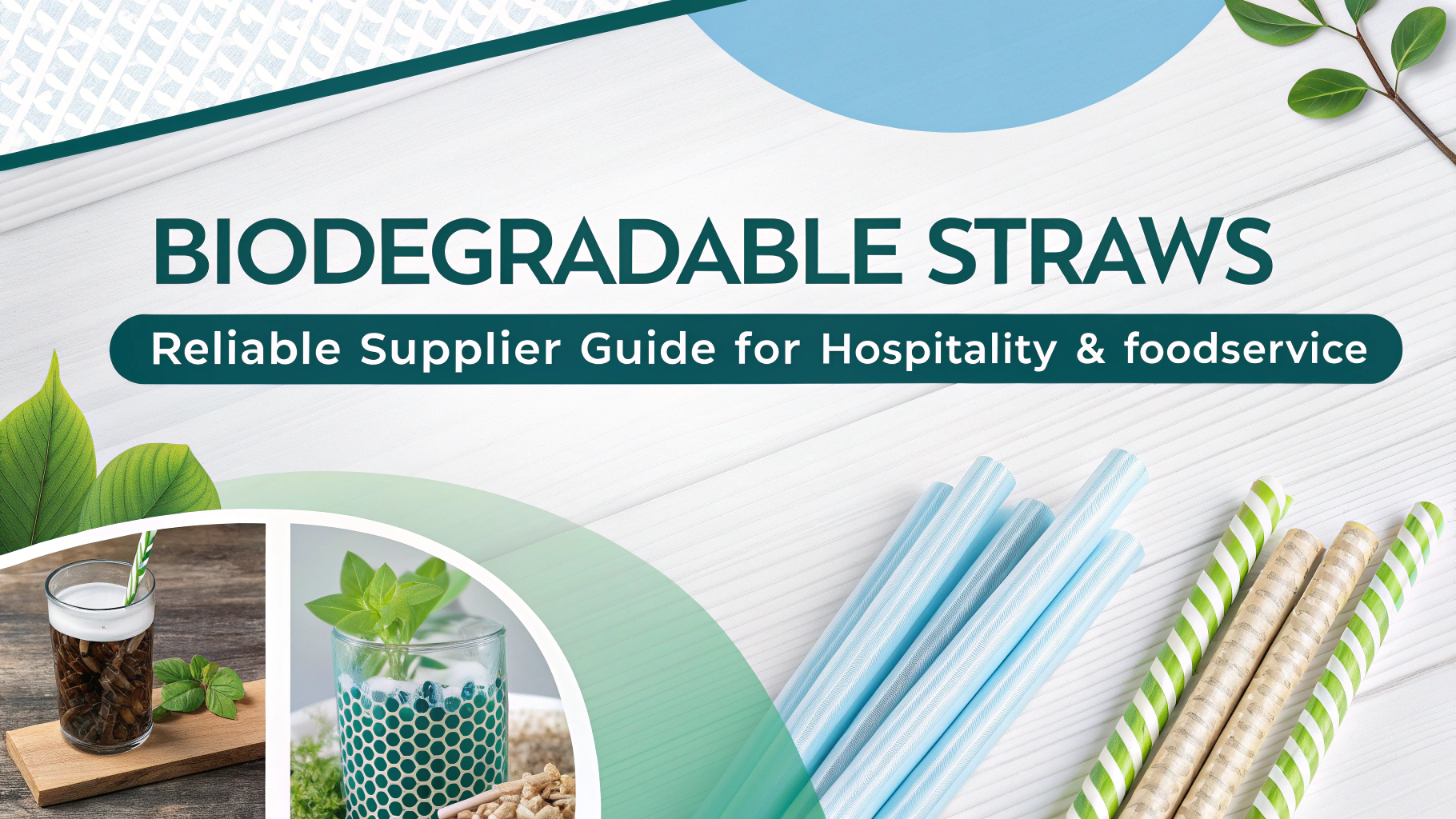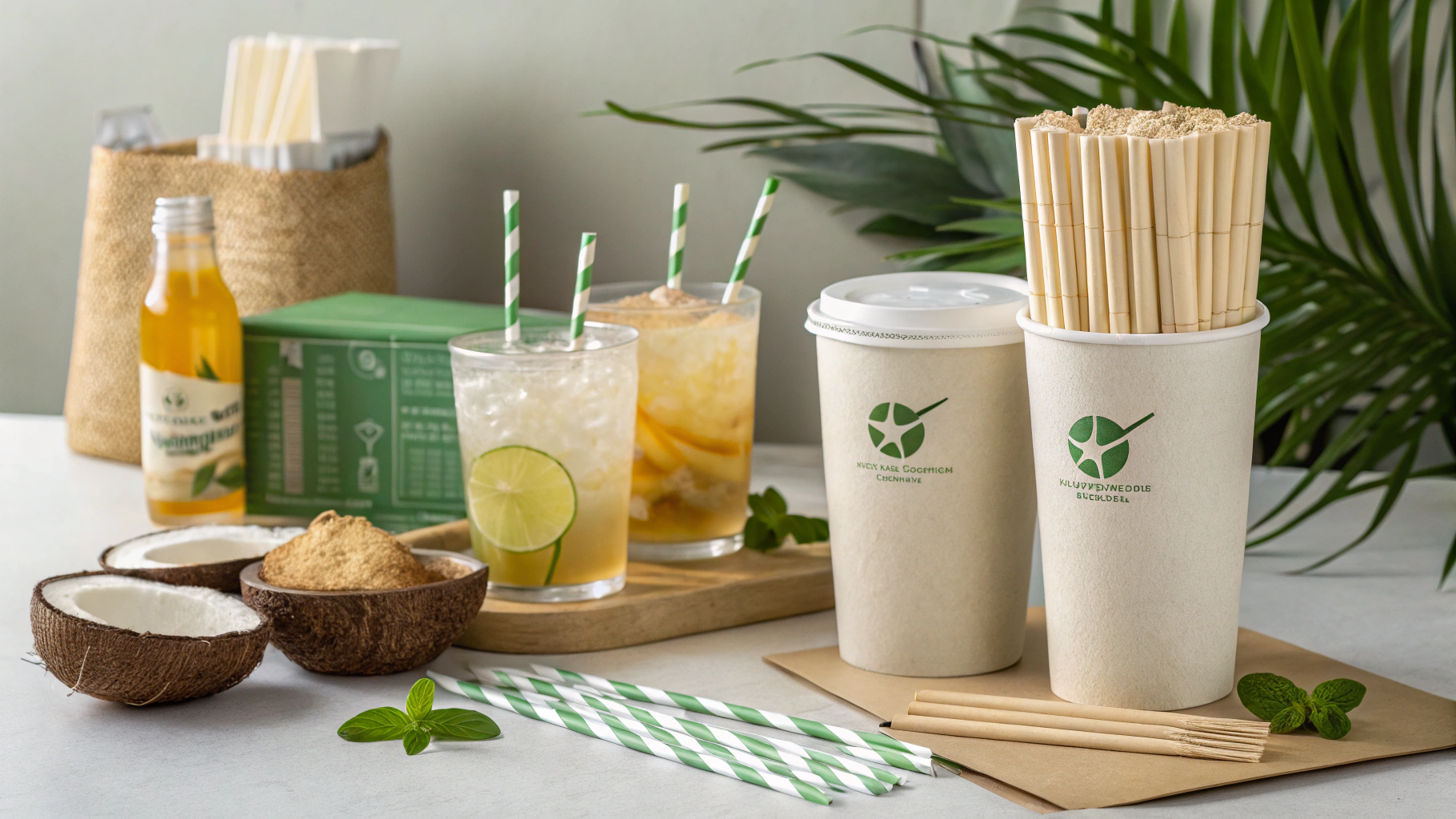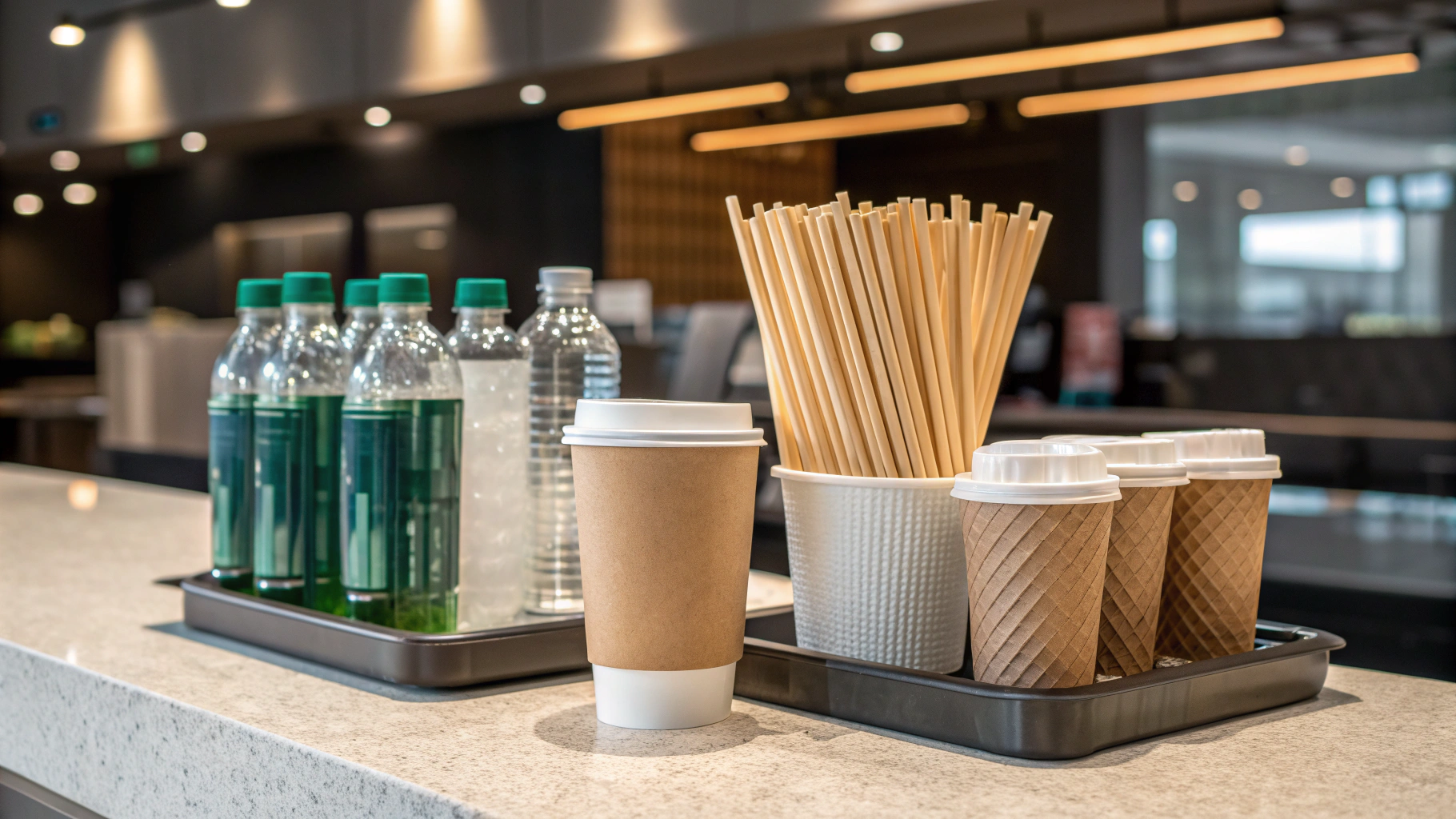In the world of business, efficiency, compliance, and reputation are paramount. Every decision, from supply chain logistics to customer-facing details, reflects on your brand. One seemingly minor item, the humble drinking straw, has evolved from a simple convenience into a complex sustainability challenge. Many businesses operate under the assumption that if an item is labeled “recyclable” or simply looks like paper, it automatically gets a second life after hitting the bin. This common misconception, however, often leads to businesses unknowingly contributing to landfill waste and environmental pollution, directly impacting their operational costs, brand image, and regulatory standing.
The reality is nuanced, and for procurement managers, operations directors, sustainability officers, and supply chain executives, understanding this truth is no longer optional—it’s a high-stakes imperative. The U.S. alone consumes an estimated 500 million plastic drinking straws daily, a staggering volume that, if unaddressed, contributes to a global crisis where plastic in our oceans could outweigh fish by 2050. Ignoring the true recyclability of your straws isn’t just an environmental oversight; it’s a commercial risk. From burgeoning regulatory pressures in Europe to growing consumer demand for eco-conscious practices, the choices you make about drinking straws directly influence your market position and long-term viability. This comprehensive guide will dissect straw materials, reveal their true recyclability, present viable sustainable alternatives, and outline strategic steps your organization can take to navigate this critical issue.
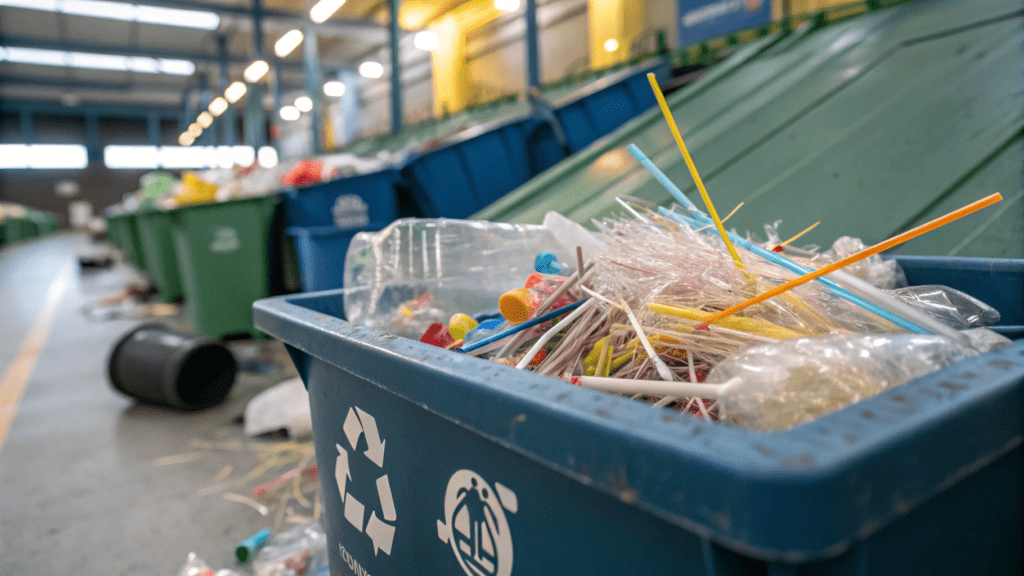
The Invisible Waste Stream: Why Most Drinking Straws Don’t Get a Second Life
The journey of a discarded drinking straw after it leaves your customer’s hands is often fraught with complications, largely due to a fundamental flaw in most automated recycling systems: size and weight. Plastic and many paper straws are simply too small and lightweight for the machinery designed to sort larger, heavier items like bottles and cans. They frequently fall through sorting screens, ending up as general waste or, worse, contaminating other recyclable materials, thereby degrading the quality of an entire batch. This “contaminant” problem is a significant hurdle to effective recycling.
Delving deeper into material-specific challenges reveals why the path to recyclability is rarely straightforward:
- Plastic Straws:Despite being made from polypropylene (a type of plastic labeled #5), most plastic straws arenotaccepted in curbside recycling programs across the United States and Europe. While technically recyclable in specific, often specialized, facilities, their small size makes them an economic burden for many municipal recycling plants. Furthermore, plastic straws are routinely contaminated with liquid residue from beverages, making them unsuitable for processing even if they were to be sorted. This reality means that while some cities, like Los Angeles, might suggest placing them in a sealed bag to prevent them from blowing away, others, like Denver, outright refuse them.
- Paperaj Pajloj:Often heralded as a sustainable alternative, paper straws come with their own set of recycling complexities. Many are coated with plastic or waterproofing agents and use adhesives that can hinder the paper pulping process required for recycling. Like their plastic counterparts, they are susceptible to food and beverage contamination, which can spoil entire loads of otherwise recyclable paper. While made from a renewable resource, their true environmental benefit often lies in their compostability. However, this hinges on access to industrial composting facilities, as most are not suitable for home composting.
- Metal & Silicone Straws:These reusable options represent a significant step forward in waste reduction. Metal straws (typically stainless steel) are exceptionally durable and 100% recyclable, while silicone straws are also reusable and can be recycled. The caveat? Neither is typically accepted in standard municipal recycling bins. They often require specialized collection or take-back programs to ensure they are processed correctly.
The repercussions of this invisible waste stream are far-reaching, encompassing severe environmental damage and direct business costs. The global pollution crisis is profoundly impacted by single-use plastics. Plastic straws are consistently ranked among the top ten items found in ocean cleanups, harming marine life with alarming statistics: an estimated 71% of seabirds and 30% of turtles are found with plastics in their stomachs, leading to a 50% mortality rate for those who ingest it. These plastics don’t biodegrade; they merely break down into insidious microplastics that persist for centuries, absorbing dangerous pollutants like PCBs, DDT, and PAH. These toxins can then transfer up the food chain, potentially ending up on human dinner plates, posing risks of endocrine disruption and cancer-causing mutations.
For businesses, the stakes extend beyond environmental stewardship. Brand reputation risk is tangible, with consumers and advocacy groups (like the “Last Plastic Straw Movement”) increasingly scrutinizing waste management practices. Non-compliance with burgeoning regulations, such as the comprehensive ban on single-use plastics in the European Union from 2023 and the UK’s ban on plastic straws since October 2020 (with specific exemptions), can lead to fines and negative public perception. Cities like Seattle have already considered bans, and California introduced opt-in laws. The operational and waste management costs associated with non-recyclable items are also rising, making genuinely sustainable procurement a financial imperative. Businesses looking to make the right choice in this evolving landscape must consider these multifaceted impacts. Learn more about making sustainable choices for your business’s straws athttps://momoio.com/recyclable-straws-b2b-right-choice/.
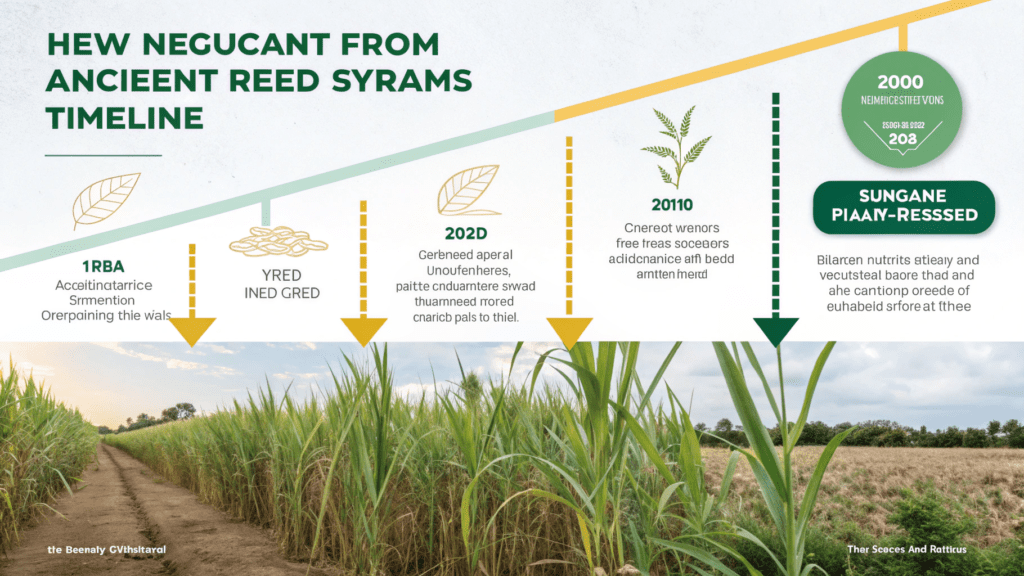
Strategic Choices: A Business’s Guide to Sustainable Straw Solutions
Navigating the complex landscape of straw materials requires a strategic approach. The global drinking straw market, valued at USD 15.3 billion in 2023, is projected to reach USD 35.7 billion by 2035, driven largely by sustainability concerns and stringent regulatory pressures. This growth underscores an urgent need for businesses to pivot towards genuinely eco-conscious solutions. Understanding the pros, cons, and true environmental impact of each option is crucial for making informed procurement decisions that align with both ecological responsibility and business objectives.
Here’s a comparison to help your business evaluate its options:
| Karakterizaĵo | B2B Efiko | Risko de Konformeco | ROI Potencialo |
|---|---|---|---|
| Traditional Plastic (Polypropylene #5) | Low upfront cost, widespread availability, familiar for customers. | High:Subject to outright bans in EU/UK, ‘upon request’ laws in US. Significant reputational damage and potential fines. | Negative:Escalating disposal costs, severe brand reputation erosion, potential for fines. |
| Paperaj Pajloj | Renewable resource, customizable, can be biodegradable/compostable (if certified). | Moderate:Often better for industrial composting, requiring specific infrastructure. Risk of sogginess affecting customer experience. McDonald’s UK faced issues with paper straws being too thick for existing recycling infrastructure, diverting them to energy production instead of recycling. | Variable:Higher unit cost than plastic, potential for customer dissatisfaction if quality is poor. Disposal costs depend on local composting access. |
| Metal Straws (e.g., Stainless Steel) | Highly durable, reusable, professional aesthetic for in-house dining, long lifespan. | Low:Reusable options are favored by regulations. Requires internal cleaning protocols. | High:Significant long-term cost savings through reuse. Enhances eco-friendly brand image. Initial investment recouped over time. |
| Silicone Straws | Reusable, flexible, soft, durable, ideal for diverse customer needs (e.g., children). | Low:Similar to metal, well-regarded as a reusable option. | High:Long-term reuse yields substantial savings. Positive brand perception. Requires cleaning. |
| PLA (Polylactic Acid) Straws | Plant-based, biodegradable, compostable. Appeals to eco-conscious consumers. | Moderate:Requires specific industrial composting conditions (high temperatures) not widely available. Can be mistaken for plastic, leading to improper disposal. | Variable:Higher cost than plastic. ROI depends heavily on local infrastructure for commercial composting. |
| Emerging Biodegradable/Edible (Wheat, Bamboo, Rice, Sugarcane, Pasta, Seaweed) | Fully biodegradable, innovative, zero-waste potential, strong brand story. Wheat and sugarcane straws are often home compostable. | Low:Designed to break down naturally. Minimal to no disposal concerns if certified. | Variable:Costs can be higher. Durability, taste interaction, and availability vary by material. Strong positive brand association. |

Industry Insights: Navigating the Evolving Straw Market and Future Developments
The market is undergoing a profound transformation. Legislative shifts, particularly the comprehensive bans on single-use plastics in Europe and the UK, have profoundly influenced plastic straw manufacturers and propelled the demand for sustainable alternatives. In the US, a growing number of cities and states are implementing “straws upon request” policies or outright bans. Major brands are leading the way; Starbucks and Bon Appetit, for example, have committed to phasing out plastic straws, demonstrating that eliminating them entirely is a viable strategy for large-scale operations.
Consumer demand is a powerful catalyst, with surveys consistently showing a willingness to pay a premium for eco-conscious products. This provides a significant market share opportunity for businesses that genuinely commit to sustainability.
Looking 5-10 years ahead, the innovation horizon is bright. Material science is rapidly advancing, leading to improvements in paper straw durability (reducing sogginess) and the development of new plant-based polymers like PHA (polyhydroxyalkanoates), which offer enhanced biodegradability. Novel edible straw solutions, made from rice, pasta, or even seaweed, are gaining traction as the ultimate zero-waste option. There are even emerging solutions to address the ‘unrecyclable’ plastic straw challenge, such as specialized straw cutters developed by Jason Forgash of Bay Plastics Machinery. These systems aim to process used polypropylene straws into pellet-sized pieces for easier recycling by dedicated facilities, potentially offering a lifeline for existing plastic straws where bans are not in place.
However, challenges remain. The higher production costs for many alternatives and the necessity for robust composting or specialized recycling infrastructure are critical factors for widespread adoption. Businesses must carefully assess their local waste management capabilities to ensure their chosen “sustainable” straw truly lives up to its promise. For a deeper dive into making the right choice for your business, explorehttps://momoio.com/recyclable-straws-b2b-right-choice/.
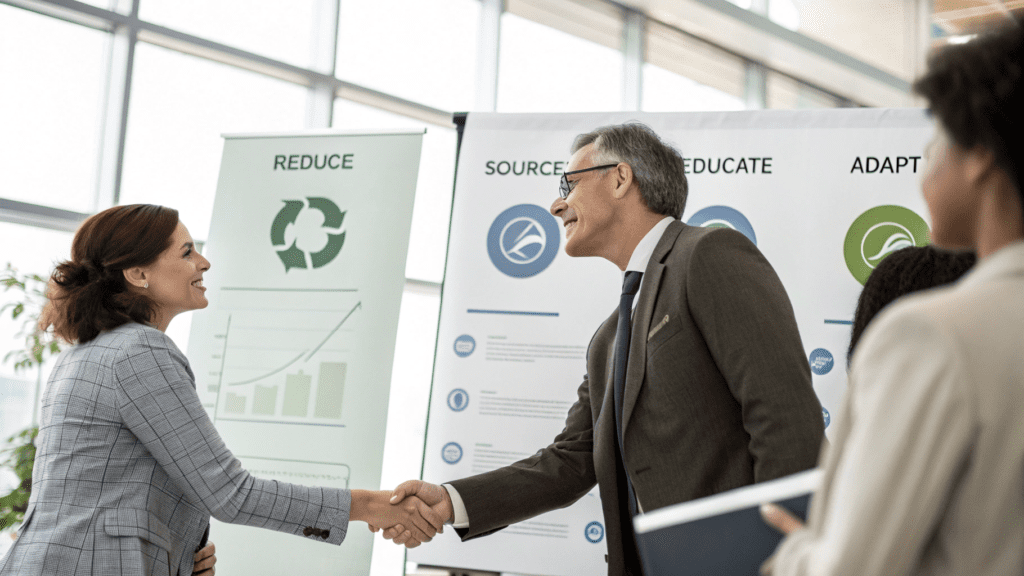
Implementing Sustainable Practices: Actionable Steps for Your Business
Transitioning to sustainable straw practices isn’t just about replacing one material with another; it’s about a holistic approach to waste management and corporate responsibility. Here are actionable steps your business can take:
- The “Reduce First” Mandate: Minimizing Straw Usage:The most impactful step is to reduce demand. Implementing a “straws upon request” policy is the simplest and most immediate way to cut down on waste, preventing unnecessary distribution of single-use items. For businesses able to go further, exploring the elimination of straws entirely, as major brands like Starbucks and McDonald’s (in the UK) have successfully done, can significantly bolster your environmental credentials and streamline operations.
- Informed Sourcing: Choosing the Right Sustainable Alternative:
- Assess Your Business Needs:Consider your specific environment – a bustling café might prioritize different features than a fine-dining restaurant or a hotel. Evaluate factors like drink types, average consumption time, and customer demographics.
- Verify Local Infrastructure:This is critical. Before investing in compostable or specialized recyclable straws,alwaysconsult with your local waste disposal contractor. Many only accept dry, clean paper and card, and commercial composting facilities for PLA or other plant-based materials are not universally available. A straw that is “compostable” but ends up in a landfill is no better than plastic.
- Partner with Certified Suppliers:Ensure transparency and credibility in your procurement. Look for certifications that validate claims of biodegradability, compostability, or ethical sourcing. This due diligence protects your brand and ensures your investment truly supports sustainability.
- Educate and Empower: Internal and External Communication:
- Staff Training:Equip your employees with comprehensive knowledge about your new straw policies, the materials you’re using, and the correct disposal methods. Staff are your frontline advocates for sustainability.
- Customer Engagement:Clearly communicate your sustainable straw policies to customers through easily visible signage, menu notes, and staff interactions. Explainwhyyou’ve made the shift and how they can participate by disposing of straws correctly. This not only educates but also reinforces your brand’s commitment.
- Stay Agile and Adapt:The sustainable packaging landscape is dynamic.
- Monitor Regulatory Changes:Keep abreast of new local, national, and international legislation that could impact your straw procurement and disposal.
- Embrace Continuous Improvement:Be open to adopting newer, more sustainable technologies and materials as they become available. The market for biodegradable and compostable materials is constantly evolving, presenting opportunities for even more effective solutions. Learn how to continually make sustainable choices for your business by visitinghttps://momoio.com/recyclable-straws-b2b-right-choice/.
Making truly sustainable choices for drinking straws is no longer a peripheral concern; it’s a fundamental business imperative. Understanding the intricate realities of straw recyclability, moving beyond surface-level claims, and actively implementing well-researched alternatives positions your business not just for compliance, but as a leader in corporate social responsibility. By evaluating your current practices, engaging your teams, and making informed shifts, you can mitigate significant operational risks, enhance brand value, and unlock market share opportunities among an increasingly eco-conscious consumer base. This proactive approach will not only secure your business’s future but also contribute meaningfully to a healthier planet. Your next step begins with genuine inquiry and decisive action toward a more sustainable and responsible future.
Oftaj Demandoj
Are plastic drinking straws truly recyclable in standard business recycling programs?
Short answer: In practice, no.
- Sorting limitations: Straws are small/light and fall through MRF (materials recovery facility) screens, so they’re rarely captured with #5 plastics.
- Contamination: Beverage residue and mixed materials make them uneconomical to process at curbside.
- Result: Most end up as residual waste or contamination, even if technically “recyclable.” Collection via specialty programs is required for meaningful recovery.
B2B takeaway: Treat single-use plastic straws as non-recyclable at curbside unless you have a verified specialty recycler and a closed-loop collection system.
What are the most sustainable alternatives to plastic straws for businesses?
- Reduce / “upon request”: The most impactful and lowest-cost option; often cuts straw use by 50–80%.
- Reusable in-house: Stainless steel, silicone, or glass. Highest durability and best lifecycle impact when cleaning SOPs are in place.
- Fiber-based single-use: Paper (high-quality wet-strength), wheat, sugarcane fiber, bamboo. Prefer home-compostable or rapid biodegradation in ambient conditions.
- Compostable biopolymers: PLA/PHA where commercial composting exists; verify acceptance with local haulers/composters.
B2B checklist: Match the option to use case (dine-in vs. takeaway), verify local end-of-life (recycling/composting), and request certifications (e.g., EN 13432, ASTM D6400, BPI, OK compost HOME).
How do regulatory changes impact a business’s choice of drinking straws?
- EU/UK bans: Single-use plastic straws are broadly banned (with narrow exemptions), pushing businesses to reusables or certified fiber-based options.
- US patchwork: State/city rules (e.g., “straws upon request,” local bans) plus EPR (extended producer responsibility) trends increase compliance risk and fees.
- Green claims: Tightening rules on environmental marketing require substantiated, specific claims and valid third-party certifications.
B2B takeaway: Standardize on a globally compliant portfolio (reusable + certified compostable/fiber) and maintain a regulatory tracker per market.
What are the key challenges in recycling paper straws?
- Wet-strength resins/liners: Plastic coatings and certain adhesives reduce fiber recovery during pulping.
- Food contamination: Beverage residue downgrades paper quality and can cause bale rejection.
- Small format: Like plastics, small paper items can bypass screens at MRFs.
Better path: Use unlined, high-grade paper designed for fiber recovery, or prefer home/industrial compostable options where composting access is confirmed.
What is the environmental and business impact of continuing to use non-recyclable straws?
- Environmental: Increased litter, marine ingestion/entanglement, and microplastics persistence.
- Financial: Rising disposal fees, contamination penalties, and inefficiencies in waste streams.
- Compliance & brand: Fines/penalties where bans apply; negative customer sentiment and ESG scores.
B2B takeaway: Moving to “request-only,” reusables, and verified compostables typically lowers total cost of ownership over time and improves brand equity.


